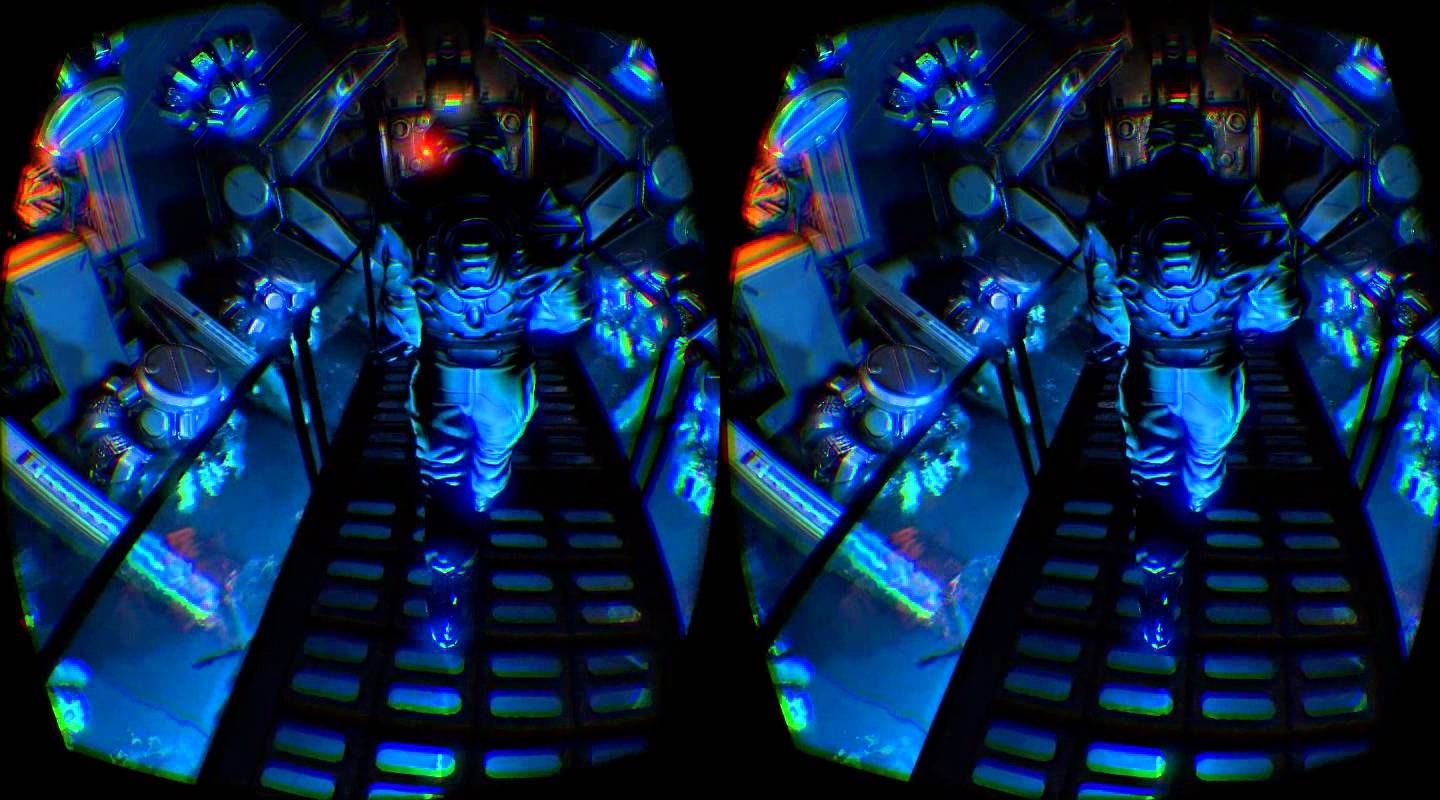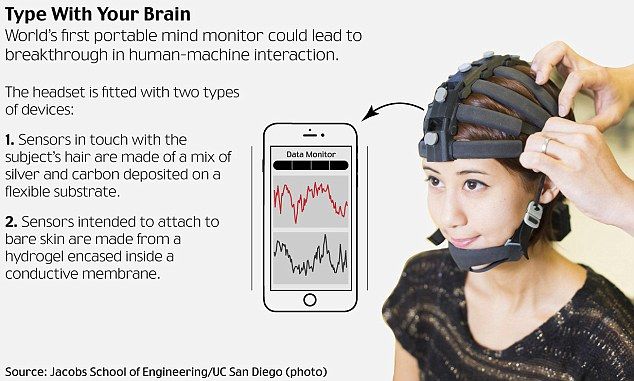Page 11464
Jan 23, 2016
For VR to be truly immersive, it needs convincing sound to match
Posted by Karen Hurst in categories: electronics, neuroscience, virtual reality

The VR sound barrier; how do we address?
I’m staring at a large iron door in a dimly lit room. “Hey,” a voice says, somewhere on my right. “Hey buddy, you there?” It’s a heavily masked humanoid. He proceeds to tell me that my sensory equipment is down and will need to be fixed. Seconds later, the heavy door groans. A second humanoid leads the way into the spaceship where my suit will be repaired.
Continue reading “For VR to be truly immersive, it needs convincing sound to match” »
Jan 23, 2016
Researchers coax human stem cells to form complex tissues
Posted by Alexandros El in categories: biotech/medical, computing, engineering
The technique, which also has near-term implications for growing organ-like tissues on a chip, was developed by researchers at MIT and is unveiled in a study published today in the journal Nature Communications.
Growing organs on demand, using stem cells derived from patients themselves, could eliminate the lengthy wait that people in need of a transplant are often forced to endure before one becomes available.
It could also reduce the risk of a patient’s immune system rejecting the transplant, since the tissue would be grown from the patient’s own cells, according to Ron Weiss, professor of biological engineering at MIT, who led the research.
Jan 23, 2016
Study suggests the Internet really could out-evolve humanity
Posted by Shailesh Prasad in categories: evolution, internet, robotics/AI
This article was written by Michael Gillings, Darrell Kemp, and Martin Hilbert from the University of California, Davis, and was originally published by The Conversation.
Living things accumulate and reproduce information. That’s really the driving principle behind life, and behind evolution. But humans have invented a new method of accumulating and reproducing information. It’s digital information, and it’s growing at an astonishing speed. The number of people using the internet is growing, as are the devices connected to it through the Internet of Things.
Digital information can copy itself perfectly, increases in copy number with every download or view, can be modified (mutated), or combined to generate novel information packets. And it can be expressed through artificial intelligence. These are characteristics similar to living things. So we should probably start thinking about digital technology as being like an organism that can evolve.
Jan 23, 2016
New Algorithm May Someday Enable Scientists to Regrow Limbs and Replace Damaged Organs
Posted by Shailesh Prasad in categories: biotech/medical, genetics, information science, life extension, neuroscience
A new algorithm has been developed that will drastically reduce the time and effort needed to create induced pluripotent stem cells (iPSCs). As a result of this breakthrough, we can expect a dramatic revolution in regenerative medicine in the near future.
What if you could directly reprogram cells to develop into whatever you wished? What if you could take an undifferentiated, incipient cell, full of the unrealized potential to become any one of the many specialized cells in the human body, and nudge it into becoming ocular tissue, or neural cells, even a new heart to replace an old or damaged one?
This is the promise afforded by Mogrify, the result of the application of computational and mathematical science to the problems of medicine and biology. It was developed by an international collaboration of researchers from the Duke-NUS Medical School in Singapore, the University of Bristol in the United Kingdom, Monash University in Australia, and RIKEN in Japan. The new research was published online in the journal Nature Genetics.
Jan 23, 2016
Researchers have achieved the next breakthrough in quantum physics
Posted by Shailesh Prasad in categories: quantum physics, supercomputing
An international team of scientists has managed to create a quantum knot for the first time — a fundamental breakthrough in quantum physics that could one day help power the supercomputers of the future.
These knots aren’t quite the same as the ones you might tie to moor a boat to a jetty — they’ve been made in a superfluid form of quantum matter called Bose-Einstein Condensate, or BEC, and are more like smoke rings than traditional knots.
“For decades, physicists have been theoretically predicting that it should be possible to have knots in quantum fields, but nobody else has been able to make one,” said lead researcher, Mikko Möttönen.
Jan 23, 2016
5 Down-To-Earth Takeaways From ‘The Martian’
Posted by Bruce Dorminey in categories: entertainment, materials, space travel
Glad to see The Martian get some Academy Award action; as much as I liked the novel, I found the film to be as good or better, which is rare. And I also found it to be personally inspiring in a way that few science fiction films are. But the point I’m trying to make here is that; we aren’t that far from Hermes-type spacecraft for interplanetary transfer. It’s not out of the realm of possibilities. I wonder if any of you feel the same way.
With six Academy Award nominations, the celebrated film adaptation of Andy Weir’s novel “The Martian” has been the perfect tonic for rousing interest in human missions to Mars.
But as good as the book truly is, the film transcends its source material about a stranded Mars astronaut with some practical takeaways that are as inspiring as any out there. They include:
Continue reading “5 Down-To-Earth Takeaways From ‘The Martian’” »
Jan 22, 2016
Blue Origin beats SpaceX to re-launching a reusable rocket
Posted by Klaus Baldauf in categories: Elon Musk, space travel

Blue Origin just launched and landed its suborbital rocket New Shepard — the same vehicle the company flew and then landed in November. The booster reached a maximum altitude of 333,582 feet, or 63 miles, above the Earth’s surface, before landing gently back at Blue Origin’s test facility in Texas. That makes it the first commercial vertical rocket to launch into space a second time.
It also means Blue Origin has seemingly beaten rival SpaceX yet again in the race to reuse rockets. SpaceX successfully landed one of its Falcon 9 rockets post-launch back in December for the first time, just a month after Blue Origin did. However, CEO Elon Musk said that particular rocket will never be launched again, as the company considers it too special to reuse. SpaceX tried to land another rocket last week, but the vehicle ultimately fell over and exploded, making it impossible to fly again.
Continue reading “Blue Origin beats SpaceX to re-launching a reusable rocket” »
Jan 22, 2016
Type with your BRAIN: Mind monitor may lead to breakthrough in human-computer interaction
Posted by Karen Hurst in categories: computing, neuroscience, wearables
Wow — luv what the Univ. CA San Diego is doing & its portable too. 1 step forward for BMI possibilities.
Researchers claim they have developed the world’s first portable brain monitoring system that works as well as laboratory equipment. The feat was achieved by researchers at the University of California San Diego who created a 64-channel wearable brain monitor.
Jan 22, 2016
How ‘artificial swarm intelligence’ uses people to make better predictions than experts
Posted by Karen Hurst in categories: information science, robotics/AI
I have seen this model so many times over the decades. And, I even was engaged in some of these experiments in the past. The continued problem we saw is “subjective reasoning” by humans which makes the experiments flawed.
And, as Yampolskiy suggested this is not true AI; it is using human insights and identifying patterns based on human input whch also includes subjective reasoning.
While AI focuses on creating intelligent machines that perform human tasks, a human-based algorithm, harnessing the power of the crowd to make predictions, shows remarkable accuracy.















